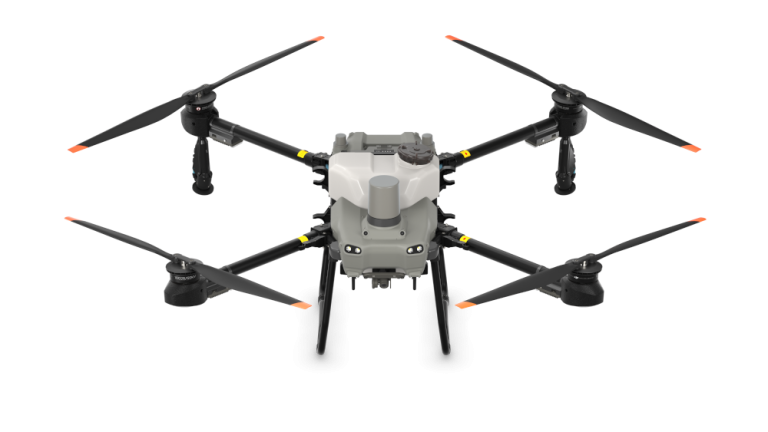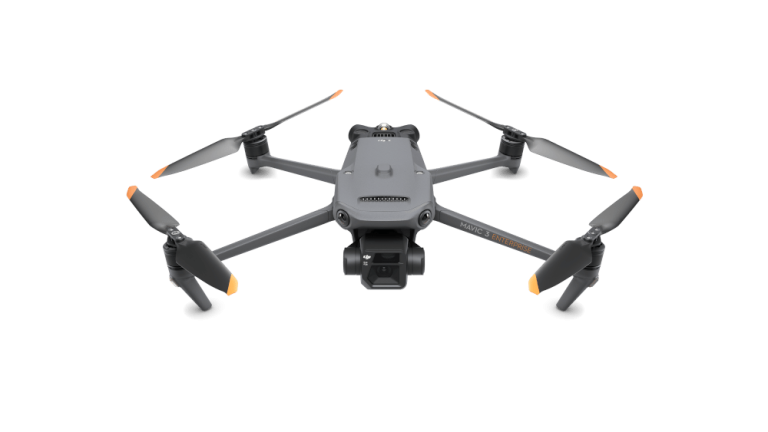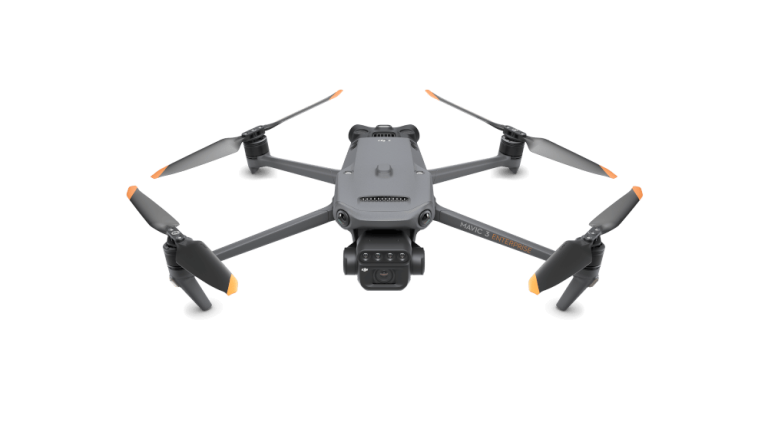When it comes to running a tree nursery, there are a lot of factors to consider in order to maximize efficiency and yield.
Direct field observations and timely insights on tree nurseries will always be essential for tree management to:
- Get reliable information on the exact number of trees
- Ensure that the nursery is able to meet demands
- Reveal and track germination problems
- Detect weeds and plant health problems before they manifest over larger areas
- Visually capture trial progress and outcomes
- Forecast yield and income at various stages
- Estimate the irrigation effectiveness, damage assessment and more.
Challenges and current methods of tree calculation in nurseries
Right now, tree nurseries rely on a time-consuming method of manual field measurements. This means physically sampling each species, by stock type and seedlot in the field, estimating tree size distributions and, therefore, their value.
The challenge is, there could be multiple stock types across a dozen species with multiple seedlots per species, each with different parameters and pace of growth. Even for a small nursery operation of 45 acres (~18 hectares), the manual process of examining plants could easily take several days in the field not to mention time spent analyzing the numbers and figuring out if there will be shortfalls or excess plants to sell. With so many variables and demand for trees only set to increase (Fargione etal, 2020) new approaches are needed to address inventory and production challenges. Expanding nursery operations is no simple task, making nursery operations more efficient and productive is within our reach.
A Game-changing approach:
utilizing DJI Mavic 3 Multispectral (M3M) and Proofminder leaf-level farming platform to maximize the efficiency of tree nursery management.
Using drones and specialized software allows the capture of high-resolution images and data not only to calculate the number of trees but also their health and size distribution. This method is faster and more accurate, in the short term allowing nurseries to better manage their inventory to make informed decisions about sales, pricing, and order fulfillment. In the long term, these new approaches could help nurseries gain insight into field soil health, irrigation and seedlot performance, and early detection of plant health issues for effective diagnosis and intervention.
The use case described below is built for a tree nursery in the Pacific Northwest of North America, in collaboration with nursery and forestry professionals.
The germination rate, plant health, and size of the trees (principally height and crown cover) are core elements of optimized yield in a tree nursery. At the use case site, the nursery operates on 45 acres (~ 18 hectares) annually. During the 2023 growing season, Proofminder and its collaborators are evaluating images of 14 conifer species, across 2 stock types, and representing over 35 seedlots. Nursery professionals do their best to assess the stem caliper, stock height, and individual tree counts to ensure they meet customer specifications and maximize the overall yield. Accelerating data gathering and analysis could make a real difference to the tree nursery business from seed germination to seedling sales.
The first stage when the tree nursery begins manual observations is when the plants have just emerged.

Trees at the emergent stage are approximately 1-2 inches (~3-5 cm) tall, too small to detect with standard visual imagery but the near-infrared and red-edge bands of the DJI M3M are able to detect even these small emergent seedlings.
The image below taken with DJI M3M reveals the areas of emerging trees and germination from the trees sown from seed. These early images are an indication of how well the sowing technique worked and how well the emerging plants are growing relatively to current irrigation.

In addition to routine field observations to identify irrigation issues the tree nursery periodically and systematically monitors plant growth and health throughout the growing season to identify problem areas with weeds or damage caused by insects and pathogens. Beyond the growing season, the nursery is monitoring the weather to determine when to begin the annual harvest operations, referred to as ‘lifting season’, during this time the nursery may also need to assess crop losses due to the effects of severe frost damage.

High quality image capture is necessary for individual tree detection. The M3M is equipped with real-time kinematic GPS. However, precision GPS needs to be paired with appropriate flight parameters. In tree nurseries, there is a need for experimentation on timing image acquisition given the effects of crown closure on individual tree detection.
More testing is anticipated with oblique imagery and video to further enhance image analysis outputs and reduce image processing of each individual multispectral band. Other parameters such as flight height are influenced by the need to get sufficient resolution (i.e. ground sampling distance) to distinguish the individual tree tops, which can vary due to the crown and leaf morphology of a given species.
Flight speed and image overlap needs to balance efficient image capture with consistent ambient light to ensure dense reconstruction during the image processing. In this case, with several smaller fields (~1-2 ha) that contain conifers flight heights can range from 40-60 feet (~12-18m) with 80% overlap produce consistent results.
Figure 4 Video of image gathering process to analyze early growth stage of Oregon White Oak (Quarcus garryana) with DJI M3M.
Additional insights can be revealed with the Proofminder leaf-level farming platform and its AI models. The report below generated with an AI model for precise tree stand counting run with multispectral images. Every tree is marked on the field and has its own GPS coordinates. Also, the model could distinguish plants by phenotype, identify weeds, missed plants, distance between plants and deliver actionable information to the grower.

The quick summary and results of using DJI M3M and AI
1. Time savings
As mentioned above, the drone flight time could be about 2 hours plus a few minutes to process images through the Proofminder platform to get lots of valuable reports vs. 2-3 days of manual sampling.
2. Convenience
It simply might be impossible to physically go to the field after the rain, but using a drone allows one to overview the whole field remotely or estimate losses.
3. Accurate data
The high-quality multispectral images plus trained AI models deliver actionable and timely reports. Detailed examination of trees manually usually contains mistakes, is highly dependent on the knowledge of the employee, and is barely scalable for larger areas. The accuracy of data and speed of report delivery are also crucial factors for the decision-making process.
4. Increased efficiency and yield
As a result of all the above benefits and proper reports, nurseries can quickly realize their inventory status, make adjustments in sales and orders based on reliable data. As an example, the height of the trees in a nursery is one of the crucial factors that directly affects its income. There are 3 sizing “buckets”: High, Medium, Low. All the ‘Low’ trees i.e., below 6 inches (~15cm) simply will not meet most customer specifications. In many cases, the most desirable trees heights are between 10-18in (~25-45cm) closest to the medium size range since the shoot-to-root ratio will likely be more balanced and thus better suited for outplanting on a wider range of sites.
5. The details invisible to the naked eye
Multispectral imagery gives agriculture professionals a way to see the invisible details such as plant health indicators that cannot be seen by visual inspection. The proper interpretation of data, accurate reports and timely actions of growers can prevent yield losses and help to grow more with confidence.















